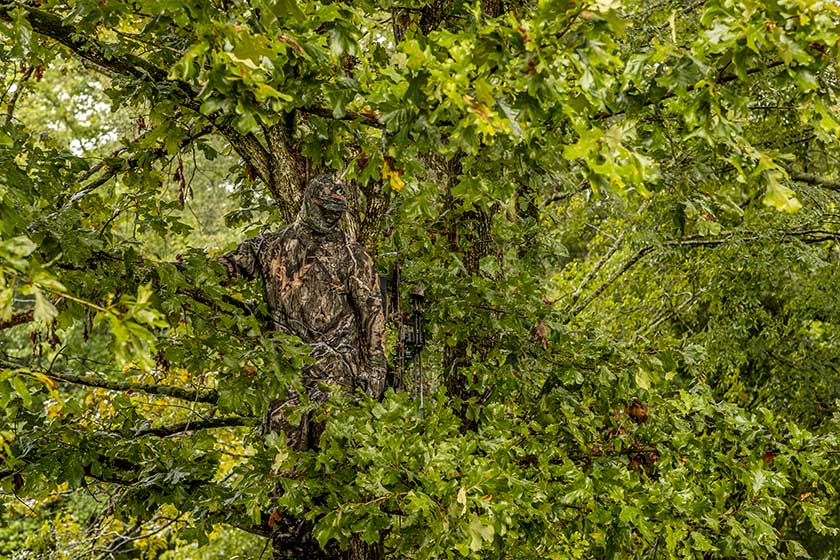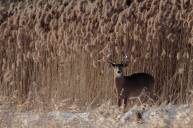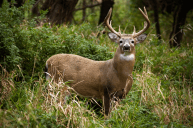In the deer hunting world, there are plenty of different tactics and methods that a hunter might use based on their specific situation. These situations can vary depending on the property and landscape that a hunter has access to, but one of the most overlooked characteristics of a landscape might be the extremely thick cover, like brush, crowded trees, or overgrown vegetation. Hunting in extremely thick cover can be challenging and a lot different from other setups and styles that tend to be a bit more common. More often than not, hunters don't always want to deal with extremely thick cover because these areas are hard to access, hard to see and move through, and may not always have great shooting lanes to actually harvest a deer with a gun or bow. But there are ways to overcome these obstacles and make hunting in thick cover successful, and I've applied them to my hunts when there's no way around it. Through that experience, I've devised four general tips for hunting in extremely thick cover that I can pass on.
1. Scout Like Crazy
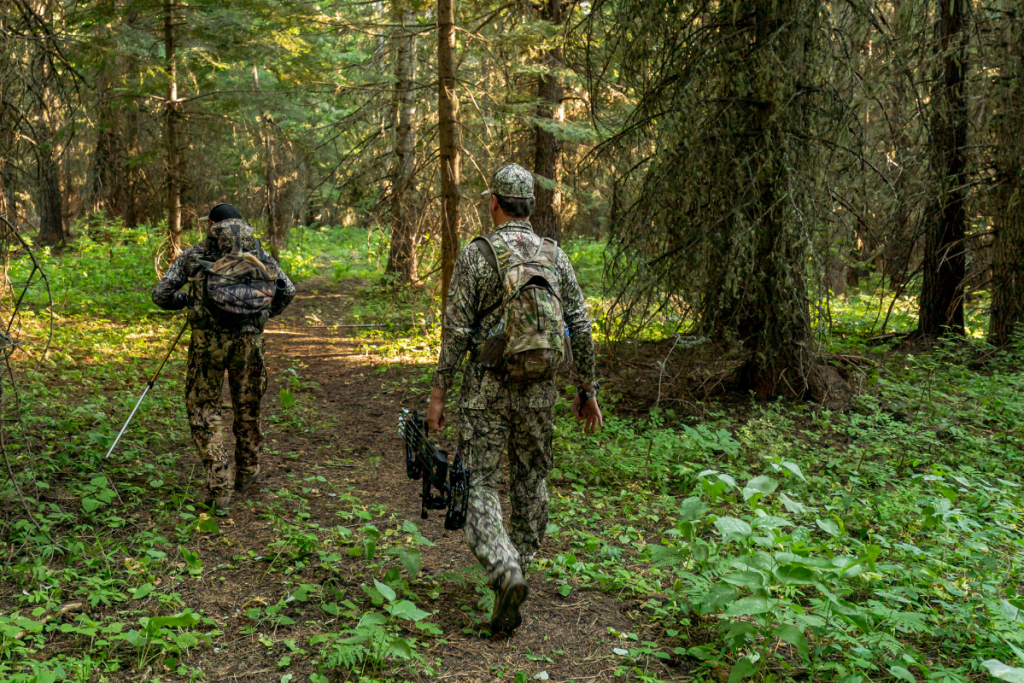
Fly View Productions via Getty Images
As you've likely heard before when it comes to hunting deer, scouting is a staple for making sure you are set up in the right area. Whether you do it by physically entering and watching the area or setting up trail cameras, you need to apply scouting techniques if you want to be successful. You can even get by with electronic scouting with topo maps and apps like onX, but nothing beats a boots on the ground experience. Start by scouting what is surrounding the thick cover, then move to potential bedding areas. Cover makes deer feel safe, and if they have a source of food and water relatively close to their bedding areas, that is a huge bonus. Locate the food source near this thick cover, then you can begin to piece together a travel path and begin to understand how the deer move in the area.
Look for trails and entry/exit points that the deer will mostly likely use. You're trying to eyeball the path of least resistance, because that's what deer will utilize in order to conserve energy. Thick cover can work as a natural funnel, forcing deer to use only a handful of trails and paths to get in and out. Use this to your benefit, as those spots could be a good place to hang a stand or place a camera. If you can begin to map out an area of extremely thick cover, this will help you tremendously in understanding how deer travel through the area.
2. Find Food and Browse

Knowing food sources both in and around the thick cover will help you with your setups, because it's clearly critical to deer well-being. There may only be a few places you can get a clear shot in this kind of environment, so find an attractive clover patch or other vegetation that deer like and you'll have a good idea of where to point your stand. If agricultural fields are anywhere near the thick cover, find the path that deer are likely to take from one to the other. This knowledge can give you the best opportunity to harvest deer going to and from feeding areas.
As for browse within the thick cover, look for eaten briars or other plants. Just because there is a thicket doesn't automatically mean there are deer. Check to see if they are eating or bedding down while they are in it. If there is an abundance of food that can keep them satisfied throughout the day, such as acorns or lush grass in small openings, then that thicket will attract plenty of deer and pathways to food sources will be less of a concern.
3. Use the Cover
Using the extremely thick cover to your advantage is something I highly suggest. Deer have pretty decent eyesight, and without any cover, hunters can be spotted almost before they can spot the deer. Thick, overgrown, brushy areas can provide security for deer to be hidden, but they also provide cover for hunters to be able to slip in and out of their stands and setups without being easily seen by deer. Of course, noise becomes a factor, so I'd urge you to move slowly and cautiously whether you think deer are around or not.
Getting as close as possible to deer and their movement patterns without alerting or spooking them is essential for both entering and leaving your hunting area. Thicker cover can help conceal any movement you make in the stand, but make sure you know your wind direction and keep your scent control on point. With lack of vision in thick cover, deer will rely on wind direction and use their nose to keep them safer when visibility is limited.
4. Use Calls and Scents
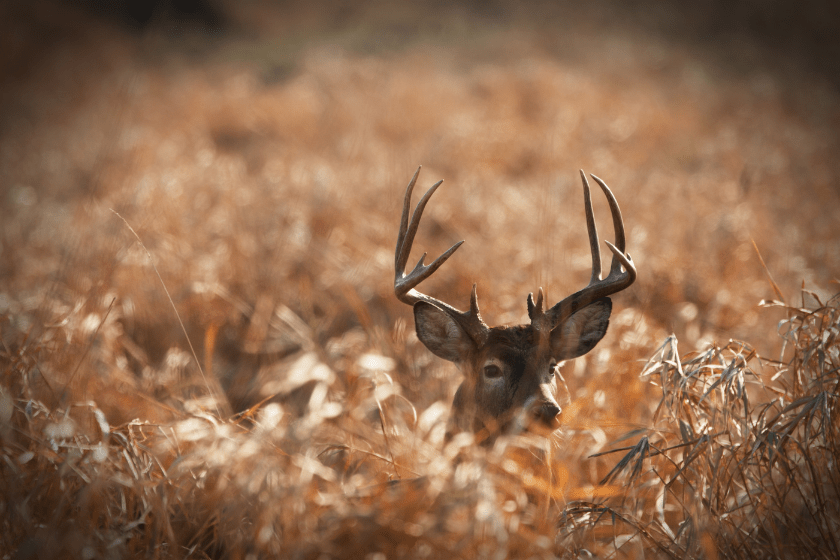
Since visibility is lower in these extremely thick cover areas, deer will use their ears and their noses, meaning the use of calls and scents can really help draw deer to where you are set up. Of course, there are certain calls you should and shouldn't use during certain times of the hunting season, but they can be awful effective if used properly. Deer will often come to investigate calls and scents, but as they get closer, they will inspect the area with their eyes to further evaluate the situation. Play it cool and don't overuse either calls or scents, and you can definitely see some success.
The Thick Cover Takeaway

The biggest thing to remember is not to give up just because there's a nasty, thick area of terrain on your hunting property. Sometimes a spot that seems like a pain in the butt to hunt winds up being exactly where the big bucks are hanging out. Do your due diligence, scout the area, and develop a plan to hunt that area in ways that you might not consider when hunting more open areas. Try to pattern deer by detecting food sources and use cover to your advantage, or try to entice them out with calls and scents when visibility is super low. Above all, don't let that area of thick cover woods or solid brush be forgotten. It might just be that diamond in the rough you have been looking for to help you fill your tags year in and year out.

